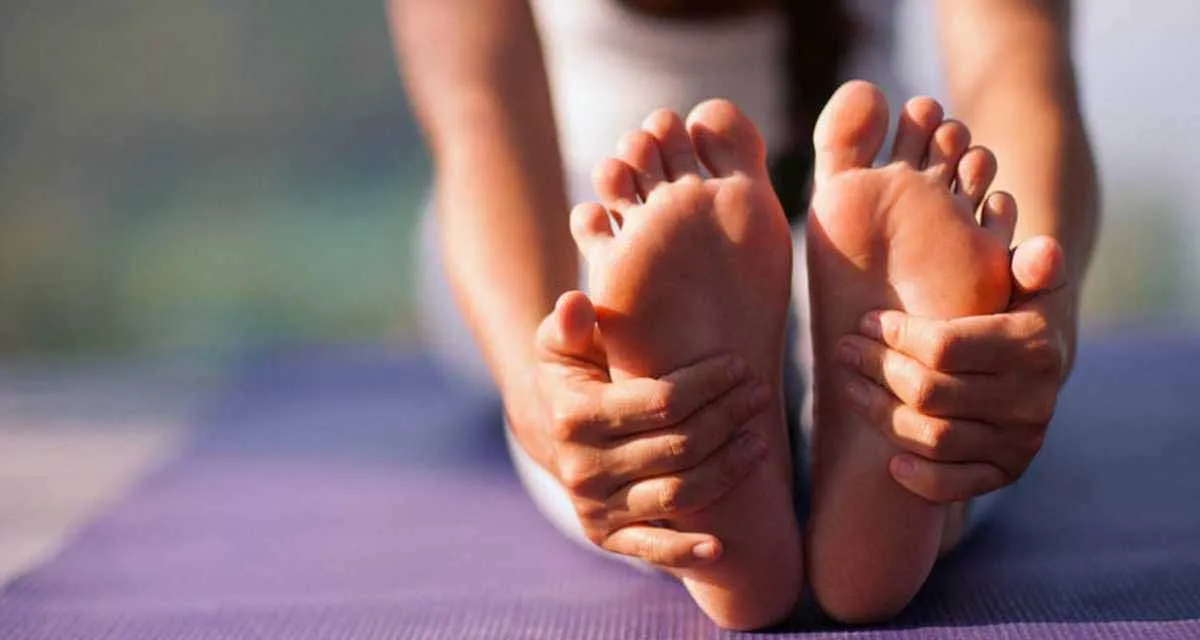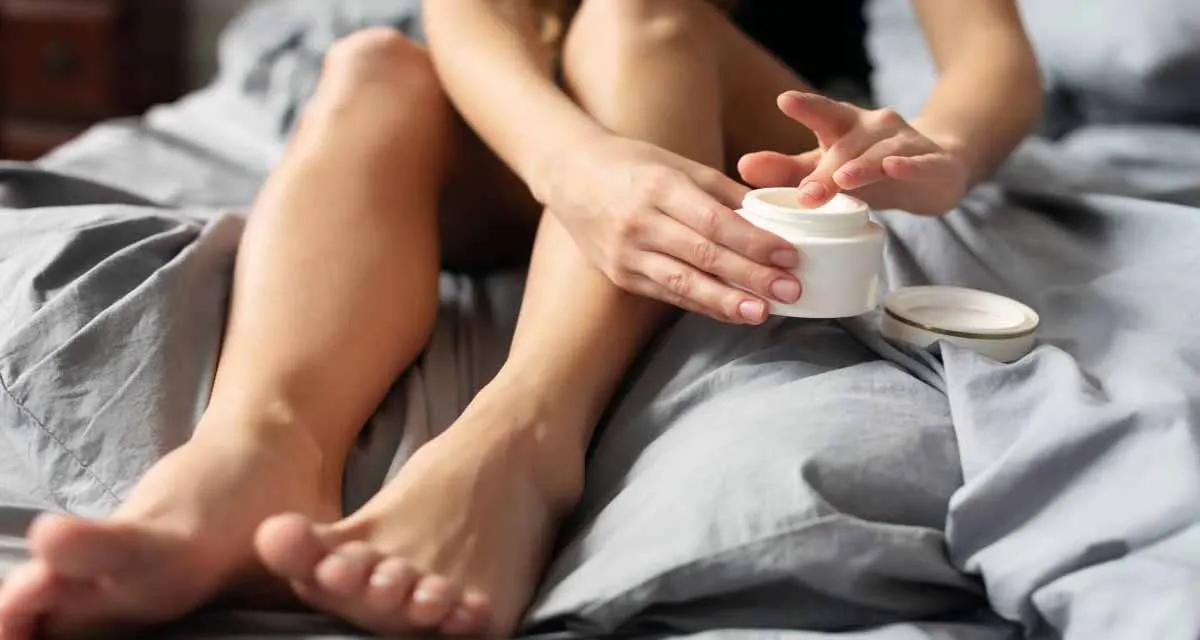Table of Contents
Possible Causes of Itching in the Toes
If the itching in your toes is intense enough, you may first seek to try to relieve it and then find out the origin. However, it is important to consider the most likely cause of itching in the toes in order to control it in the fastest and most effective way.
1. Dyshidrotic eczema
Dyshidrotic eczema or also known as dyshidrosis, is a type of eczema quite common in adults with an age range between 20 and 40 years.
What makes it possible to easily identify dyshidrotic eczema is the appearance of fluid-filled blisters that cause itching and appear on the hands, toes, and soles of the feet. You can also suffer redness or peeling of the skin, being subsequently cracked.
While the scientific community has not yet determined the exact cause of dyshidrotic eczema, they attribute it to a possible relationship with seasonal allergies. Stress can also be a cause, as well as a continuous state of humidity in the feet.
Eczema is considered a chronic condition, so it can be applied, but not cured. Therefore, we will have to learn to deal with the problem. The blisters usually last about 2 weeks before they begin to dry out and disappear.
As a relief, you can try applying a cold compress to your feet or soaking them directly in cold water a couple of times a day. Petroleum jelly can also help us reduce itching.

2. Athlete’s foot
The scientific name of this condition is Tinea pedis, although most people know it as an athlete’s foot. It is a fairly contagious fungal infection that causes skin redness and cracking between the toes and soles of the feet.
The athlete’s foot causes quite a bit of itching and burning intensely between the toes. If the fungal infection spreads, itching and burning can also spread.
Athlete’s foot is usually treated with:
- Over-the-counter (OTC) antifungal medications: there are several treatments against the development of fungi without a prescription in pharmacies that we can apply between the toes. They are available in the form of powders, creams, and even aerosols.
- Prescription drugs: If we’ve previously seen a doctor, they can probably prescribe a prescription topical antifungal or an oral antifungal medication.
While treating the infection, try to keep your feet clean and dry, especially between your toes. Be sure to dry your feet thoroughly after showering or after contact with water. And during the day, use a powder to fight fungi whose goal is to absorb sweat in socks and shoes.
To prevent future infections and athlete’s foot, the recommendations are as follows:
- Avoid walking barefoot in public places.
- Do not share socks, shoes, or towels with other people.
- Change socks frequently and always wear them dry.
- Let your feet breathe, walking often barefoot when you’re at home.
3. Insect bites
Almost any type of insect that bites or bites can attack your feet or toes. Mites, fleas, chiggers and mosquitoes are attracted to the smell our feet emit. This accusation is easy to identify since visible hives or bites will be observed.
Some of the most common are flea bites and mosquito bites. In comparison, the mosquito bite will cause the same itching, but the bump will be larger.
You can usually treat insect bites at home with anti-itch cream, such as a calamine lotion or a hydrocortisone cream. An oral antihistamine can also reduce itching. A cold compress can also grant us temporary relief.
4. Footwear contact dermatitis
Your shoes can be the cause of itching in the toes. There is this possibility, as many people experience contact dermatitis when their skin is exposed to certain materials and chemicals.
Contact dermatitis is a rash that develops when something touches your skin and causes irritation. In fact, you could be allergic to the material of a particular pair of shoes, or it could be the result of exposure to an irritant with a brief exposure.
A 2007 study looking at allergens in more than 10,000 people found that a type of resin frequently used as an adhesive in shoes was the most common culprit for contact dermatitis in footwear. In addition, rubber is also a problem for many people.
If your itching problem lies in your sneakers or high-heeled shoes, it’s time to ditch those shoes and invest in some new ones.

Home treatment of itching in the toes
Most of the time you can treat the itching between your toes yourself without problems. Other times, however, you may need a doctor’s consultation. The best treatment will depend on the actual cause of the itching.
A case of eczema that affects our foot may look like an athlete’s foot, but it can have another origin and different cause. Eczema is not solved with antifungal cream, and an eczema treatment may not be able to remove an athlete’s foot.
The athlete’s foot responds well to antifungal medications, but you can try other home remedies, such as:
- Tea tree oil: it can be an effective remedy for some people.
- Neem oil: according to a 2015 study, it has certain antifungal qualities.
You can get some relief from itching caused by contact dermatitis or eczema with:
- A cold compress is applied to your skin
- Strong moisturizers
- Anti-itch creams
- An antihistamine medication
You may be interested in our article about How to prepare rosemary alcohol and enjoy its properties
When to visit a medical specialist
If you’re not sure what’s causing the itching between your toes, it doesn’t go away within a few days or gets worse, consult with a doctor. They can help you identify the underlying cause and help you choose the best treatment.
Another good rule of thumb: If your skin has been torn from scratching, it can increase the risk of infection. If the scraped area looks swollen or has begun to leak fluid, it could be infected.
